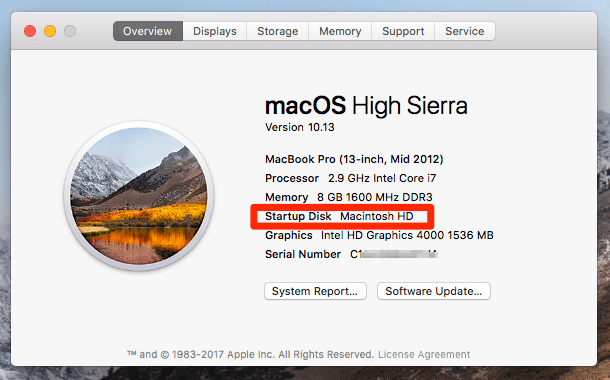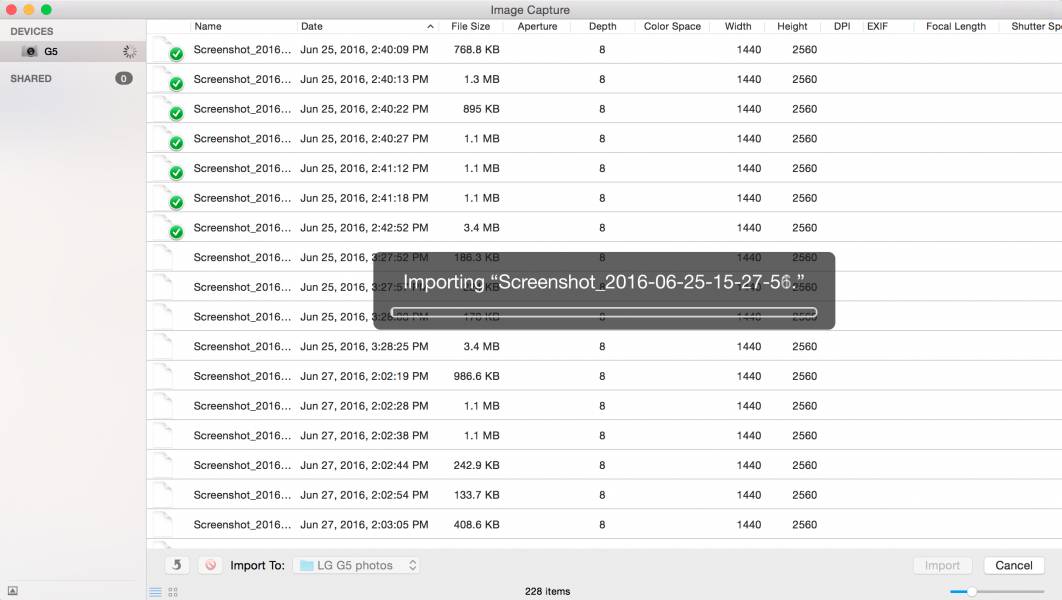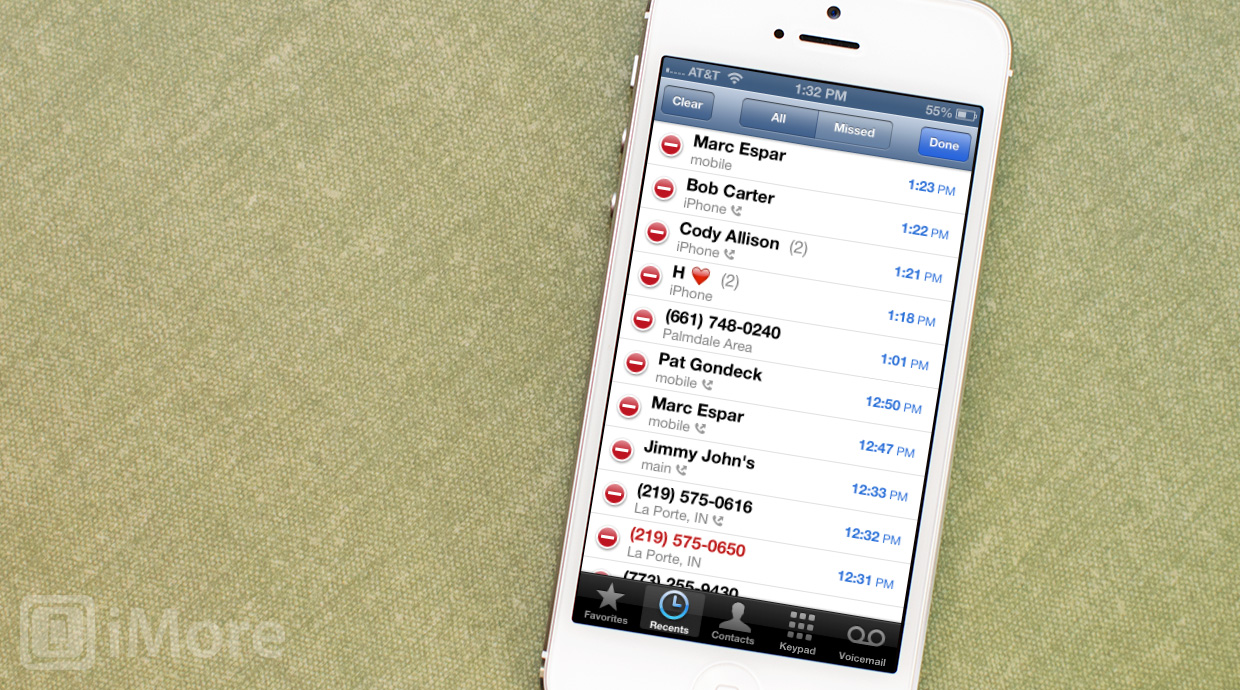These temporary files are needed when execute any program and after execution, these are useless. Therefore, you should delete these temp files from you MacBook Pro to free up hard drive space. You can manually clean junk files on MacBook Pro by following these steps: Go to Finder and click on Applications option then Utilities.
Optimized Storage in macOS Sierra and later can save space by storing your content in the cloud and making it available on demand. When storage space is needed, files, photos, movies, email attachments, and other files that you seldom use are stored in the cloud automatically. Each file stays right where you last saved it, and downloads when you open it. Files that you’ve used recently remain on your Mac, along with optimized versions of your photos.
Delete Multiple Files On Macbook Pro
If you haven't yet upgraded to macOS Sierra or later, learn about other ways to free up storage space.
To begin, choose About This Mac from the Apple menu , then click Storage. You'll see an overview of your free space and the space used by different categories of files, including apps, documents, and photos:
Click the Manage button to see the following recommendations for optimizing your storage. (The Manage button is available only in macOS Sierra or later.) You'll see fewer options if some recommendations are already turned on.
Permanently Deleting Files On Macbook Pro
Store in iCloud
Click the Store in iCloud button, then choose from these options:
- Desktop and Documents. Store all files from these two locations in iCloud Drive. When storage space is needed, only the files you recently opened are kept on your Mac, so that you can easily work offline. Files stored only in the cloud show a download icon , which you can double-click to download the original file. Learn more about this feature.
- Photos. Store all original, full-resolution photos and videos in iCloud Photos. When storage space is needed, only space-saving (optimized) versions of photos are kept on your Mac. To download the original photo or video, just open it.
- Messages. Store all messages and attachments in iCloud. When storage space is needed, only the messages and attachments you recently opened are kept on your Mac. Learn more about Messages in iCloud.
Storing files in iCloud uses the storage space in your iCloud storage plan. If you reach or exceed your iCloud storage limit, you can either buy more iCloud storage or make more iCloud storage available. iCloud storage starts at 50GB for $0.99 (USD) a month, and you can purchase additional storage directly from your Apple device. Learn more about prices in your region.
Optimize Storage
Click the Optimize button, then choose from these options.
- Automatically remove watched iTunes movies and TV shows. When storage space is needed, iTunes movies or TV shows that you already watched are removed from your Mac. Click the download icon next to a movie or TV show to download it again.
- Download only recent attachments. Mail automatically downloads only the attachments that you recently received. You can manually download any attachments at any time by opening the email or attachment, or saving the attachment to your Mac.
- Don't automatically download attachments. Mail downloads an attachment only when you open the email or attachment, or save the attachment to your Mac.
Optimizing storage for movies, TV shows, and email attachments doesn't require iCloud storage space.
Empty Trash Automatically
Empty Trash Automatically permanently deletes files that have been in the Trash for more than 30 days.

Reduce Clutter
Reduce Clutter helps identify large files and files you might no longer need. Click the Review Files button, then choose any of the file categories in the sidebar, such as Applications, Documents, GarageBand, iOS Files, iTunes, or Trash.

Some categories allow you delete files directly. (If you purchased the file from the Mac App Store, iBooks Store, or iTunes Store, you might be able to download it again.) Other categories show the total storage space used by the files in each app. You can then open the app and decide whether to delete files from within it.
Where to find the settings for each feature
Store in iCloud:
- Choose Apple menu > System Preferences, click iCloud, then click the Options button next to iCloud Drive. Store in iCloud turns on the Desktop & Documents Folders and Optimize Mac Storage settings. To turn off iCloud Drive entirely, deselect iCloud Drive.
- In Photos, choose Photos > Preferences, then click iCloud. Store in iCloud selects iCloud Photos and Optimize Mac Storage.
- In Messages, choose Messages > Preferences, then click iMessage. Store in iCloud selects Enable Messages in iCloud.
Optimize Storage:
- In iTunes, choose iTunes > Preferences, then click Advanced. Optimize Storage selects “Automatically delete watched movies and TV shows.”
- In Mail, choose Mail > Preferences, then click Accounts. In the Account Information section of your email account, Optimize Storage sets the Download Attachments pop-up menu to either Recent or None.
Empty Trash Automatically: From the Finder, choose Finder > Preferences, then click Advanced. Empty Trash Automatically selects “Remove items from the Trash after 30 days.”
Other ways that macOS helps automatically save space
macOS Sierra and later automatically takes these additional steps to save storage space:
- Detects duplicate downloads in Safari, keeping only the most recent version of the download
- Reminds you to delete used app installers
- Removes old fonts, languages, and dictionaries that aren't being used
- Clears caches, logs, and other unnecessary data when storage space is needed
How to free up storage space manually
Even without using the Optimized Storage features of Sierra or later, you can take other steps to make more storage space available:
- Delete files that you no longer need by moving them to the Trash, then emptying the Trash. The Downloads folder is good place to look for files that you might no longer need.
- Move files to an external drive.
- Compress files.
- Delete unneeded email: In the Mail app, choose Mailbox > Erase Junk Mail. If you no longer need the email in your Trash mailbox, choose Mailbox > Erase Deleted Items.
Learn more
- When you duplicate a file on an APFS-formatted volume, that file doesn't use additional storage space on the volume. Deleting a duplicate frees up only the space required by any data you might have added to the duplicate. If you no longer need any copies of the file, you can recover all of the storage space by deleting both the duplicate and the original file.
- If you're using a pro app and Optimize Mac Storage, learn how to make sure that your projects are always on your Mac and able to access their files.
Q: 'I am a new Mac user and updated it to OS X Yosemite, and want to know how do I delete temporary files in Yosemite? Guys help me as I wanna know the best I can do from my MacBook pro retina.'

-- A User from Apple Support Communities
Generally speaking, you do not really need to manually delete temporary files on your Mac computer for the self-maintenance feature of Apple Mac operating system. However, experts will recommend you to regularly clear kinds of temp files including browser cache, cookies to ensure you a top performance of your Mac. Moreover, if you are in dire need of additional space on your Mac, you do not necessarily need to purchase an expensive external hard drive. You can simply delete temp files and various kinds of junks from your Mac to gain you extra storage space.
Here in this iMobie guide, we will help you to easily find and remove temporary files and junks from your Mac with a wonderful Mac cleaning software - MacClean. Now let’s first check out the designed features of MacClean.
MacClean Main Features
- It is a nice cleaning software made for all Mac users, no matter you are working on a MacBook Pro/Air, iMac Pro or Mac mini, MacClean works well for you.
- It is capable of removing temporary Internet files, such as browsing history, cookies, caches and download history, no matter on Safari, Chrome, Firefox or Opera.
- It helps you delete app leftover, Mac OS user caches, duplicates files and some other kinds of temporary junk files on your Mac.
How to Clear Temp Files on Mac with MacClean
First of all, you need to free download MacClean and install it on your Mac. Then follow the step-by-step tutorial to delete temporary files from your Mac.
Step 1. Click the MacClean icon to open up it. On the left side, there are kinds of junk you can go to clear, such as System Junk, Internet Junk and Malicious Cookies. And some tools also be useful to remove Mac temp files, such as iPhoto Clean and Binary Junk Remover on the Optimization Tools.
How to Delete Temporary Files on Mac – Step 1
Step 2. Go to each item to clean junk and temp files. For example, you can go to System Junk and click Scan to get some leftovers and some useless temp data.
Step 3. After the scan finished, you can preview the temp files and junks by clicking “Review Details”, and then click “Clean” button on the bottom to remove them.
How to Delete Temporary Files on Mac – Step 3
Also Read: How to Free Up Disk Space on Mac >
The Bottom Line
Deleting temp files regularly can speed up and free up more space on your Mac. Why not have a try on this powerful cleaner now? At the same time, don't forget to share this guide with your friends thus to help them delete temp files on Mac with ease.